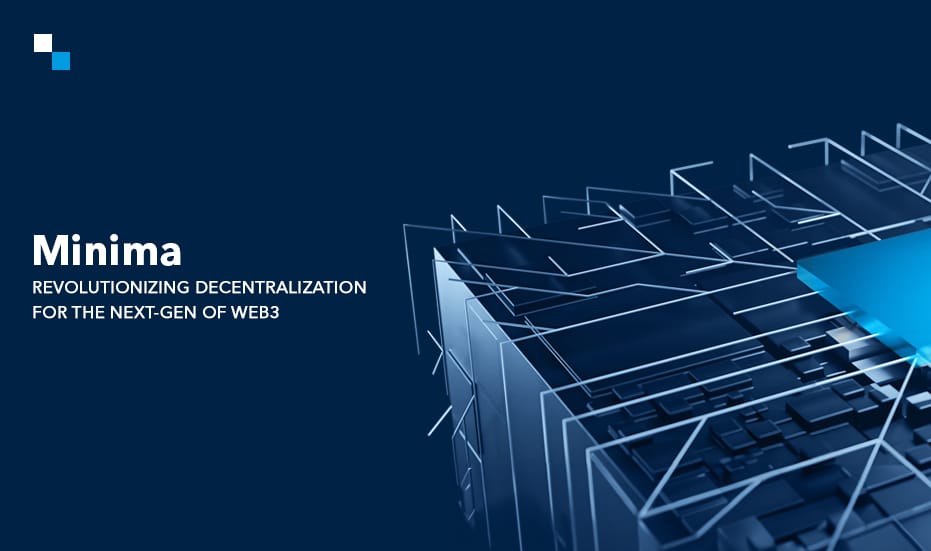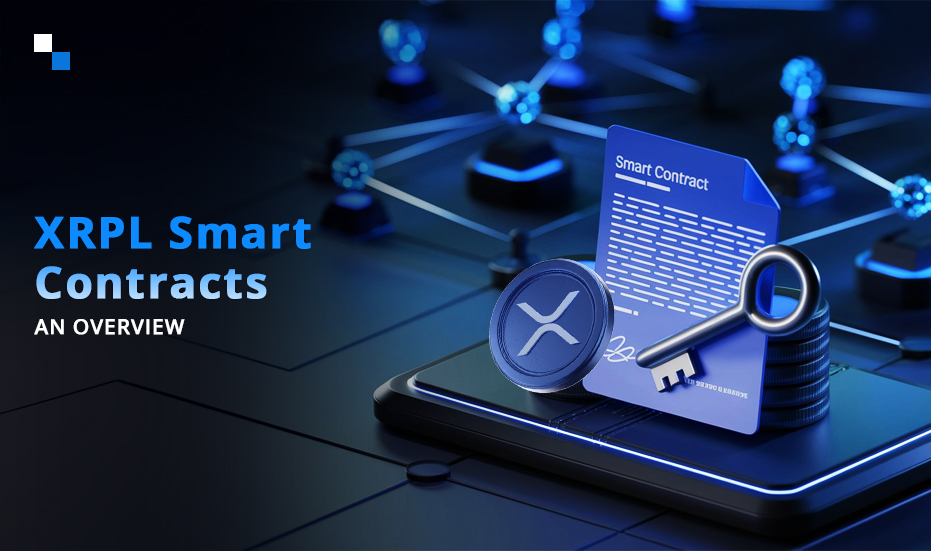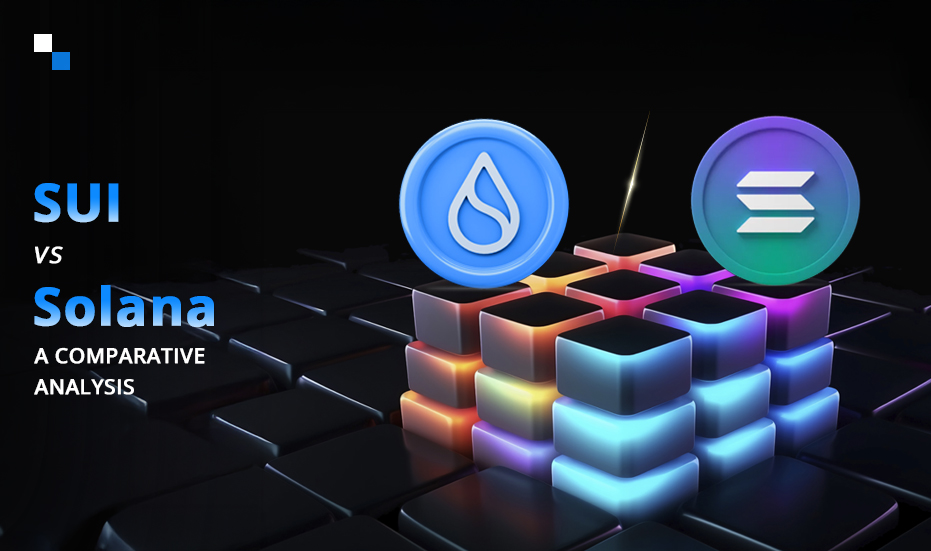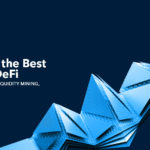
Is DeFi Yield Farming More Profitable Than Liquidity Mining & Staking?
November 7, 2024
Investing In Crypto Neo Banking: How Are 2025 Trends Forging New Pathways for Enterprises?
November 7, 2024Blockchain technology has evolved rapidly, with each new generation introducing solutions to fuel the decentralization, scalability, and user accessibility goals. One of the latest advancements in the blockchain world is the Minima blockchain- a DePIN layer 1 blockchain- that aims to democratize blockchain participation by enabling all nodes to operate on smartphones. This unique innovation is one of the most accessible and decentralized networks today.
In this blog, we’ll explore how Minima layer 1 blockchain addresses key challenges in blockchain, its key features, and use cases and learn how it is different from other traditional blockchains.
The Challenges of Traditional Blockchain Networks
In 2008, Satoshi Nakamoto introduced Bitcoin, creating a decentralized digital currency that operates without centralized control or reliance on third parties. This innovation highlighted a secure, trustless monetary system, setting it apart from traditional systems.
As blockchain technology has evolved, many networks have prioritized scalability and security over decentralization. However, centralization introduces vulnerabilities, such as reliance on a small group of participants, creating single points of failure and making networks susceptible to control and censorship.
- Centralization Risks in Crypto Networks
In current cryptocurrency networks, a small number of participants (usually miners) have significant influence. These miners run complete nodes, allowing them to decide which transactions are included in blocks. This concentration of power makes these networks easier to disrupt or manipulate.
- Decentralization as a Security Measure
Decentralized networks are more resilient against attacks because decision-making is distributed across a broad user base. Centralized setups, by contrast, require only a few compromised individuals to disrupt the network through blank blocks, censorship, or repeated attacks.
The Solution
Imagine a cryptocurrency network where every user is an equal participant—a fully ‘Complete’ node. Such a network would be resilient, requiring an astronomical effort to disrupt. Achieving this requires a protocol that is so efficient that all users can run Complete nodes effortlessly, eliminating the need for centralized miners and fee structures that drive centralization. The ideal network is immutable, scalable from the start, quantum-secure, and remains small yet powerful. It’s the vision of total decentralization.
Can a cryptocurrency achieve this?
Minima aims to do just that, reshaping blockchain technology to meet these ambitious standards.
Minima – A New Approach to True Decentralization
Minima is a DePIN-focused layer 1 blockchain that allows a full node to run on any mobile or IoT device, using minimal resources. Unlike other blockchains, between full nodes (resource-heavy) and light nodes (relying on others), the Minima blockchain acts as a ‘complete’ network, which allows participants to run a full node. Such an architecture makes the Minima blockchain a truly decentralized blockchain by design, allowing each device to contribute equally to validate transactions, secure the network, and maintain data integrity.

Key Features That Set Minima Apart in the Blockchain Ecosystem
Minima blockchain is designed to run as a full node on every connected device, which makes decentralization more accessible and scalable to a great extent.
- Decentralized
One can experience true decentralization with the Minima layer 1 blockchain as it allows every device to act as a full node, which helps build a censorship-resistant, secure network where all participants have equal control and responsibility.
- Token Generation
Minima Layer 1 blockchain empowers devices to build and issue their own tokens, which opens up new possibilities for digital assets at the network’s edge.
- Quantum Secure
Minima dApp is built with quantum-resistant encryption. It means the network will be protected against future quantum computing threats. It will also protect data and transactions for the long term.
- MiniDapps: Decentralized Apps at the Edge
MiniDapps functions locally on devices, allowing dApps to function without depending on central servers. Users can enjoy full control and privacy and make way for new edge computing opportunities.
- Smart Contracts
Minima blockchain also allows smart contracts to run directly on the device, enabling machines to make automated agreements.
Minima vs Traditional Blockchains for DePIN
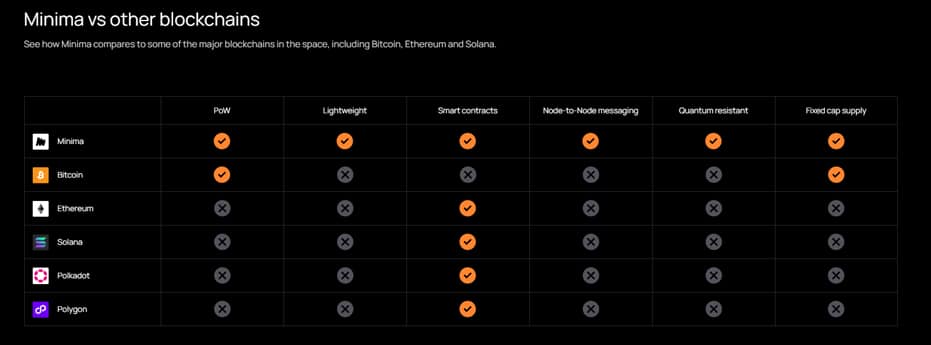
Explore the Use Cases of Minima Blockchain
- IoT Networks
Minima allows device-to-device communication that is highly secure. It is possible by validating transactions on-chain, which builds a scalable and unalterable IoT system without any centralized control.
- Robots & Drones
Minima blockchain facilitates decentralized control & data exchange for autonomous robots and drones, ensuring seamless operations across industries, like logistics, delivery, and transportation.
- Autonomous Vehicles
The real-time data verification feature of the Minima blockchain ensures seamless vehicle-to-vehicle communication. This fast verification process contributes to the creation of safer and more decentralized transportation systems.
- Decentralized Energy Grids
Minima also powers decentralized energy grids, enabling devices to autonomously manage and transact energy without relying on a central provider, thereby enhancing transparency and efficiency.
- Decentralized WiFi Networks
Minima blockchain plays a crucial role in supporting decentralized WiFi networks. It facilitates secure, direct peer-to-peer connectivity without the need for central control, which further increases network resilience & security.
- Smart Cities
Minima also plays a significant role in securing decentralized data flows for smart infrastructure by enabling autonomous management of traffic systems, energy grids, & public services, without any frictions.

Conclusion
Minima is redefining decentralization with its DePIN-focused, mobile-friendly blockchain. By allowing each device to act as a full node, Minima removes traditional barriers to participation, democratizing blockchain and making it accessible to all. This radical approach to decentralization makes Minima uniquely positioned to support DePIN solutions, where decentralized physical networks are essential.
No doubt, Minima’s unique design and commitment to true decentralization help it stand out as one of the reliable DePIN Layer 1 blockchains. Leverage the power of DePIN solutions and innovations by connecting with a renowned expert. Antier is a renowned DePIN development company you can trust to leverage the power of the Minima blockchain for a more inclusive and decentralized future.
